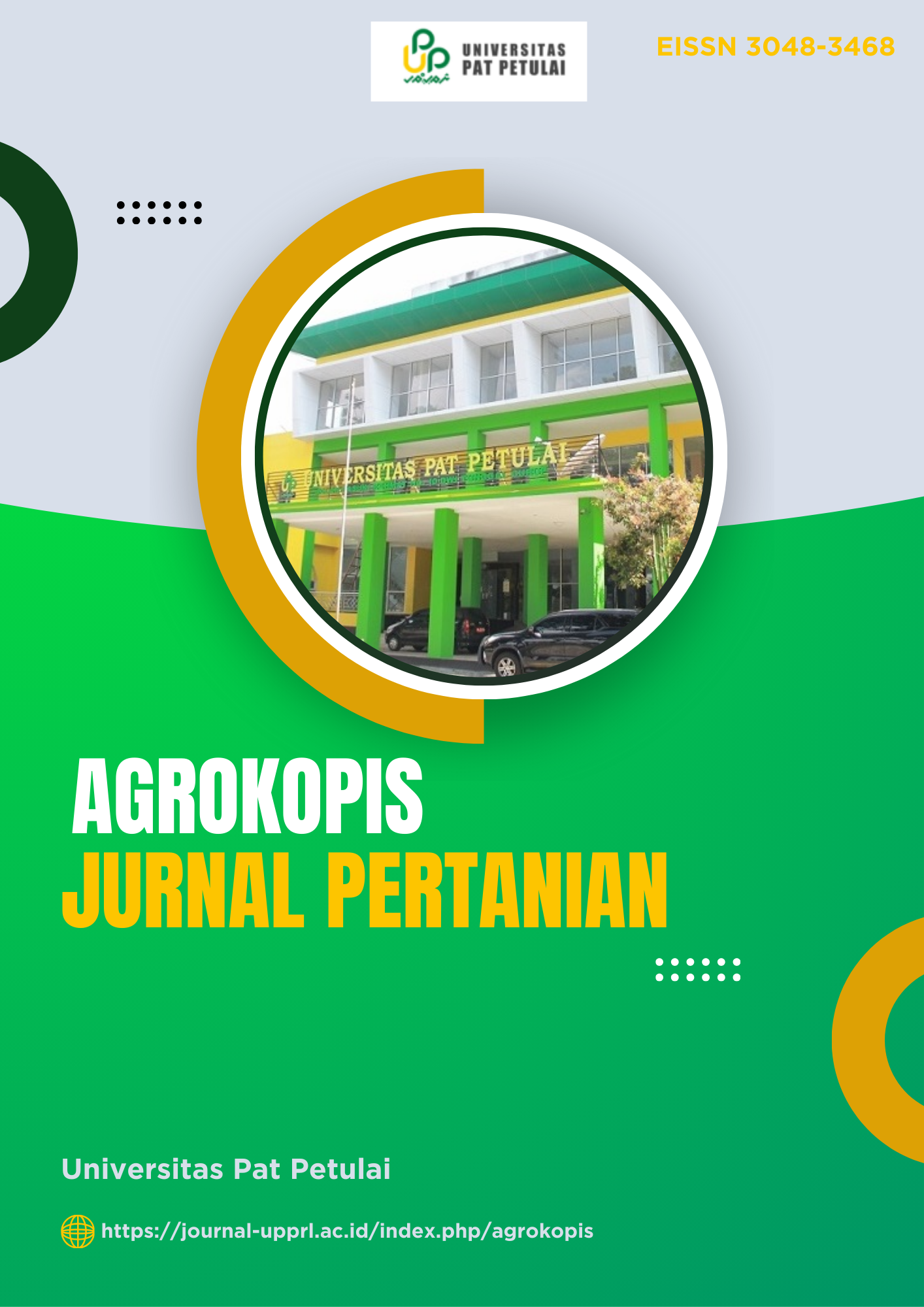AGRIBISNIS TANAMAN AREN DI DESA SINDANG JATI KECAMATAN SINDANG KELINGI KABUPATEN REJANG LEBONG
Keywords:
Sugar Palm, Agribusiness, management, marketingAbstract
The agribusiness system is very important in the running of an agribusiness process, so the aim of this research is to determine the agribusiness system for sugar palm plants in Sindang Jati Village, Sindang Kelingi District. Data collection was carried out in Sindang Jati Village, Sindang Kelingi District in May 2024. The methods used in this research were surveys and direct interviews. The withdrawal method uses a purposive sampling method with a total of 20 sugar palm farmers as respondents. The data collected in this research is primary data and secondary data. Based on the results of this research, the average age of sugar palm farmers in Sindang Jati Village is 20 – 70 years old, with a high school education level of 45%, middle school 15%, and elementary school 40%. The production tools used in carrying out sugar palm farming include machetes, axes, ropes and jerry cans with an average annual depreciation of Rp. 64,877. Meanwhile, the tools used in the process of processing brown sugar are cauldrons, stoves, bowls, sutils and sieves with annual equipment depreciation of Rp. 22,860. The average variable cost incurred by sugar palm farmers for processing is IDR. 11,114,300 for the purchase of wood, vegetable oil and anti-bacterial medicine. Sugar palm farmers in Sindang Jati Village, Sindang Kelingi District produce an average of 2,901 kg of brown sugar per year with an average selling price of Rp. 17,325. The income earned by sugar palm farmers per year is Rp. 50,412,000 and an average annual income of Rp. 39,187,213, with a ratio value of 4.4. Meanwhile, the marketing flow implemented by sugar palm farmers in Sindang Jati Village is through channel I, namely farmers - collectors - retailers - consumers. Meanwhile, for the role of supporting institutions, only institutions for collecting, purchasing and marketing the agricultural products of sugar palm farmers were established. Meanwhile, supporting institutions such as cooperatives, banking and extension services for farmers do not yet exist.




